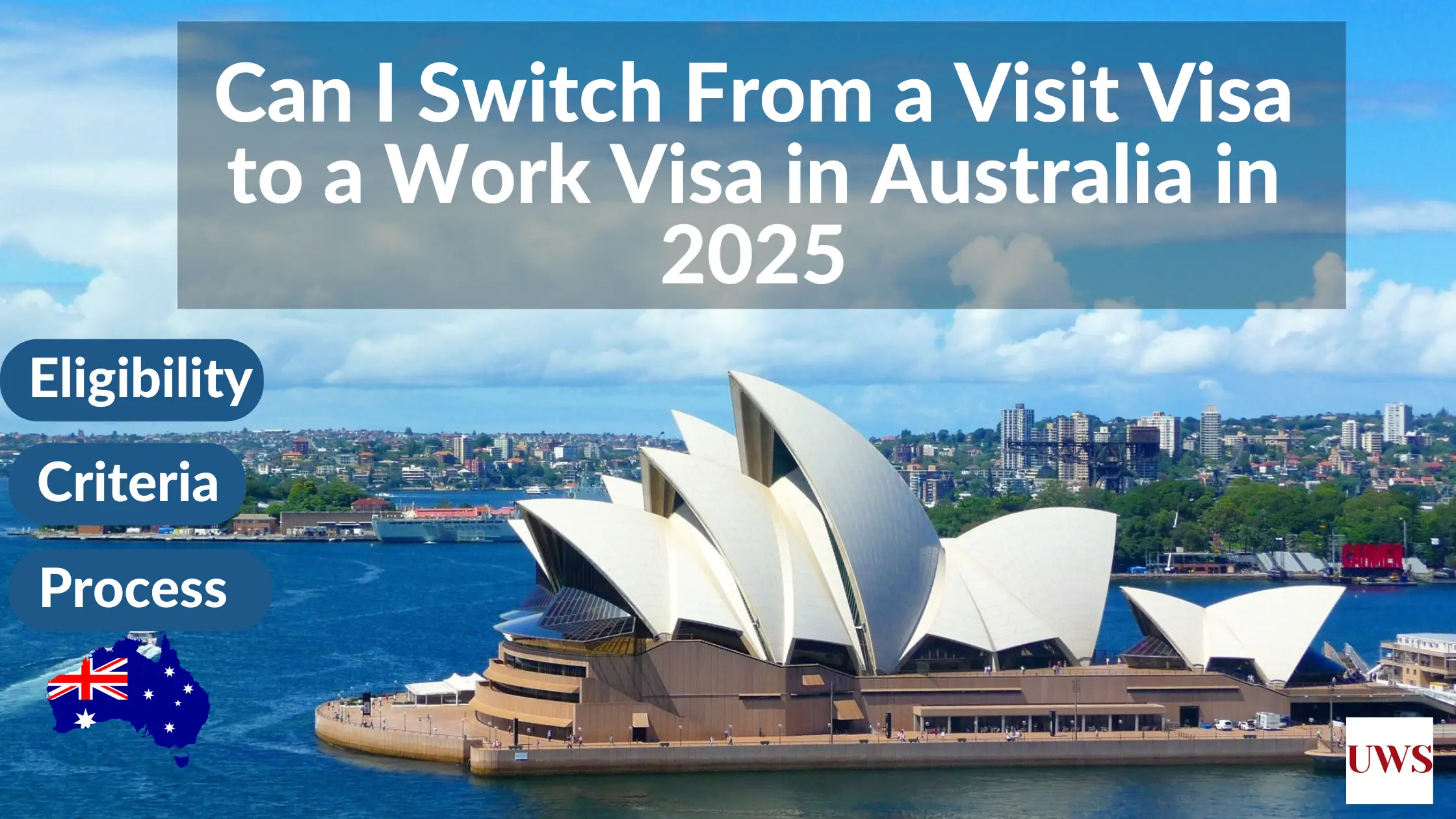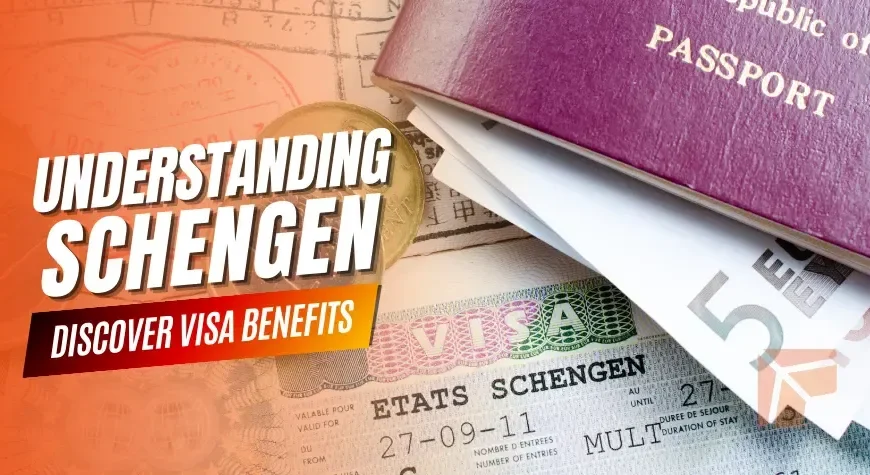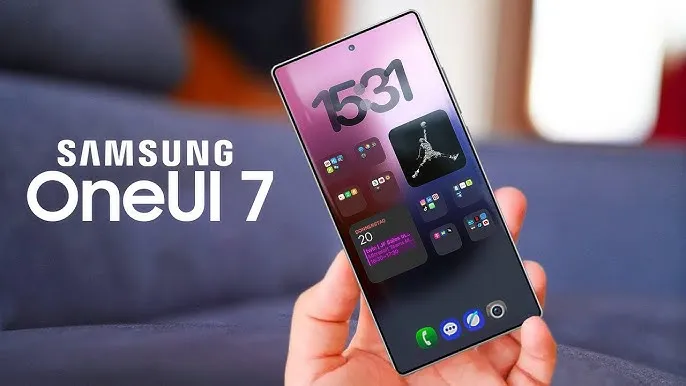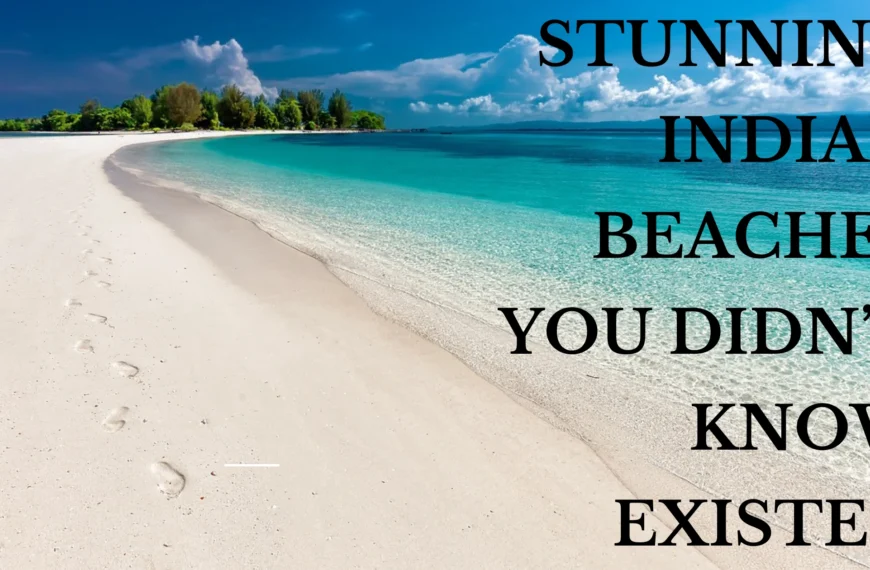Australia: the land of kangaroos, stunning beaches, and visas that confuse even the savviest travelers. If you’ve landed a job offer Down Under while holding a visit visa, you might be asking, “Can I legally switch to a work visa?” Let’s break it down with all the facts, a touch of humor, and some actionable advice.
- Understanding the Basics: Visit Visa vs. Work Visa
- Can You Legally Switch From a Visit Visa to a Work Visa?
- Types of Work Visas Available in Australia
- 1. Temporary Skill Shortage (TSS) Visa (Subclass 482)
- 2. Employer Nomination Scheme (ENS) Visa (Subclass 186)
- 3. Skilled Independent Visa (Subclass 189)
- 4. Skilled Nominated Visa (Subclass 190)
- 5. Working Holiday Visa (Subclass 417) and Work and Holiday Visa (Subclass 462)
- 6. Temporary Graduate Visa (Subclass 485)
- Steps to Transition From a Visit Visa to a Work Visa
- Challenges You May Face During the Switch
- Alternatives to Switching: What Are Your Options?
- Tips to Improve Your Chances of Success
- How Immigration Policies in 2025 Affect Your Visa Switch
- What Happens If You Don’t Follow the Rules?
- FAQs
Understanding the Basics: Visit Visa vs. Work Visa

A visit visa is your golden ticket to explore Australia as a tourist, attend short-term business meetings, or visit loved ones. However, its purpose stops short at working (sorry, no sneaky barista gigs here).
A work visa, on the other hand, allows you to work in Australia legally. It’s tailored to skilled workers, temporary employees, and those with employer sponsorship.
Can You Legally Switch From a Visit Visa to a Work Visa?
Short answer? It’s complicated, under Australia’s 2025 immigration laws, switching from a visit visa to a work visa is tricky but not impossible. While you can’t work on a visit visa, if you secure a job offer and meet the criteria, you can apply for a work visa. However, some visas might require you to leave the country. Always consult immigration guidelines or a qualified migration agent for the most accurate advice.
Types of Work Visas Available in Australia
Australia offers a variety of work visas tailored to different employment needs and skill levels. Here’s an in-depth look at some of the most common options:
Temporary Skill Shortage (TSS) Visa (Subclass 482)
The TSS visa allows Australian employers to address labor shortages by bringing in skilled workers from overseas.
- Streams:
- Short-Term Stream: For occupations on the Short-Term Skilled Occupation List (STSOL); valid for up to two years.
- Medium-Term Stream: For occupations on the Medium and Long-Term Strategic Skills List (MLTSSL); valid for up to four years and offers a pathway to permanent residency.
- Eligibility Criteria:
- A valid job offer from an approved sponsor.
- Relevant skills and experience for the nominated position.
- Meet English language proficiency requirements.
- Application Process:
- Sponsorship: Employer applies to become an approved sponsor.
- Nomination: Employer nominates a position for a prospective employee.
- Visa Application: Prospective employees apply for visas.
Employer Nomination Scheme (ENS) Visa (Subclass 186)
The ENS visa is a permanent residency visa for skilled workers nominated by an Australian employer.
- Streams:
- Direct Entry Stream: For applicants who have never, or only briefly, worked in Australia.
- Temporary Residence Transition Stream: For 457 or TSS visa holders who have worked for their employer for at least three years.
- Eligibility Criteria:
- Nomination by an approved Australian employer.
- Occupation listed on the relevant skilled occupation list.
- At least three years of relevant work experience.
- Meet English language requirements.
- Application Process:
- Employer Nomination: The employer submits a nomination application.
- Visa Application: The nominee applies for the visa within six months of the nomination approval.
Read More; https://immi.homeaffairs.gov.au/visas/getting-a-visa/visa-listing/employer-nomination-scheme-186
Skilled Independent Visa (Subclass 189)
This is a points-based permanent visa for skilled workers who are not sponsored by an employer, state, or family member.
- Eligibility Criteria:
- Invitation to apply based on Expression of Interest (EOI) through SkillSelect.
- Occupation on the relevant skilled occupation list.
- Meet the points test threshold (currently 65 points).
- Under 45 years of age at the time of invitation.
- Competent English proficiency.
- Application Process:
- Submit EOI: Through SkillSelect.
- Receive Invitation: If selected, receive an invitation to apply.
- Visa Application: Apply within 60 days of invitation.
Read More; https://immi.homeaffairs.gov.au/visas/getting-a-visa/visa-listing/skilled-independent-189
Skilled Nominated Visa (Subclass 190)
A permanent visa for skilled workers nominated by an Australian state or territory government.
- Eligibility Criteria:
- Nomination by a state or territory government.
- Occupation on the relevant skilled occupation list.
- Meet the points test threshold.
- Under 45 years of age at the time of invitation.
- Competent English proficiency.
- Application Process:
- Submit EOI: Indicating interest in specific states or territories.
- Receive Nomination: The state or territory may nominate you.
- Receive Invitation: Upon nomination, receive an invitation to apply.
- Visa Application: Apply within 60 days of invitation.
Read More; https://immi.homeaffairs.gov.au/visas/getting-a-visa/visa-listing/skilled-nominated-190
Working Holiday Visa (Subclass 417) and Work and Holiday Visa (Subclass 462)
These visas allow young people from eligible countries to work and holiday in Australia for up to a year.
- Eligibility Criteria:
- Aged between 18 and 30 years (inclusive); for some countries, up to 35 years.
- Hold a passport from an eligible country.
- No dependent children accompanying.
- Application Process:
- Online Application: Apply online from outside Australia.
- Health and Character Requirements: Meet necessary health and character criteria.
Read more; https://immi.homeaffairs.gov.au/visas/getting-a-visa/visa-listing/work-holiday-462
Temporary Graduate Visa (Subclass 485)
This visa is for international students who have recently graduated from an Australian educational institution.
- Streams:
- Graduate Work Stream: For graduates with skills related to an occupation on the skilled occupation list; valid for 18 months.
- Post-Study Work Stream: For graduates with a higher education degree; validity varies from two to four years based on qualification.
- Eligibility Criteria:
- Under 50 years of age.
- Recent qualification in a CRICOS-registered course.
- Meet English language requirements.
Read more; https://immi.homeaffairs.gov.au/visas/getting-a-visa/visa-listing/temporary-graduate-485
Steps to Transition From a Visit Visa to a Work Visa
- Find an Employer: Secure a job offer from an Australian company willing to sponsor you.
- Check Eligibility: Ensure you meet the criteria for the desired work visa.
- Prepare Documentation: Gather employment contracts, proof of qualifications, English proficiency test results, and other required documents.
- Lodge the Application: Apply for the work visa online via the Department of Home Affairs. If required, leave Australia to complete the process.
- Wait for Approval: Processing times vary, so patience is key.
Also Check: Top 5 Work Visa Countries Supporting Families with Work Visa Programs in 2025
Challenges You May Face During the Switch
- Legal Restrictions: Some visas don’t allow onshore applications.
- Processing Time: Work visas can take weeks or months to process.
- Employer Sponsorship: Not all employers are willing to sponsor visas.
- Financial Costs: Visa fees, medical exams, and associated costs can add up.
Alternatives to Switching: What Are Your Options?

- Return Home to Apply: Lodge your work visa application from your home country.
- Apply for a Bridging Visa: In some cases, you may qualify for a bridging visa to stay in Australia legally while your work visa is processed.
Tips to Improve Your Chances of Success
- Network Like a Pro: Attend local job fairs or connect on LinkedIn to find sponsors.
- Check Skilled Occupation Lists: Focus on industries with high demand for workers.
- Polish Your Resume: Tailor it to Australian standards.
- Engage a Migration Agent: Get professional help to navigate complex visa requirements.
How Immigration Policies in 2025 Affect Your Visa Switch
Australia frequently updates its immigration policies. In 2025, there’s a stronger focus on skilled migration, especially in healthcare, technology, and construction. Staying informed about these changes is crucial.
What Happens If You Don’t Follow the Rules?
Working on a visit visa or overstaying can lead to serious consequences:
- Visa Cancellation: Your current visa could be voided.
- Fines and Deportation: You might face penalties or be banned from returning.
- Reputation Damage: Future visa applications may be denied.
Conclusion

Switching from a visit visa to a work visa in Australia is not a walkabout in the park, but with the right information, preparation, and perseverance, it’s achievable. Stay informed, follow the rules, and don’t forget to pack a solid dose of patience (and maybe some Vegemite for luck).
FAQs
Can I work on a visit visa in Australia?
No. Working on a visitor visa is illegal and can lead to visa cancellation or deportation.
Can I switch to a work visa if I have an employer willing to sponsor me?
Yes. Employer sponsorship simplifies the process significantly.
Do I need to leave Australia to apply for a work visa?
In many cases, yes. Some visas require offshore applications.
How long does it take to process a work visa in Australia?
Processing times vary but can range from a few weeks to several months.
Can I switch to any type of work visa while in Australia?
Not all work visas allow onshore applications. Check the specific visa requirements.
What should I do if my work visa application is rejected?
Consider appealing or reapplying with corrected or additional documentation.














